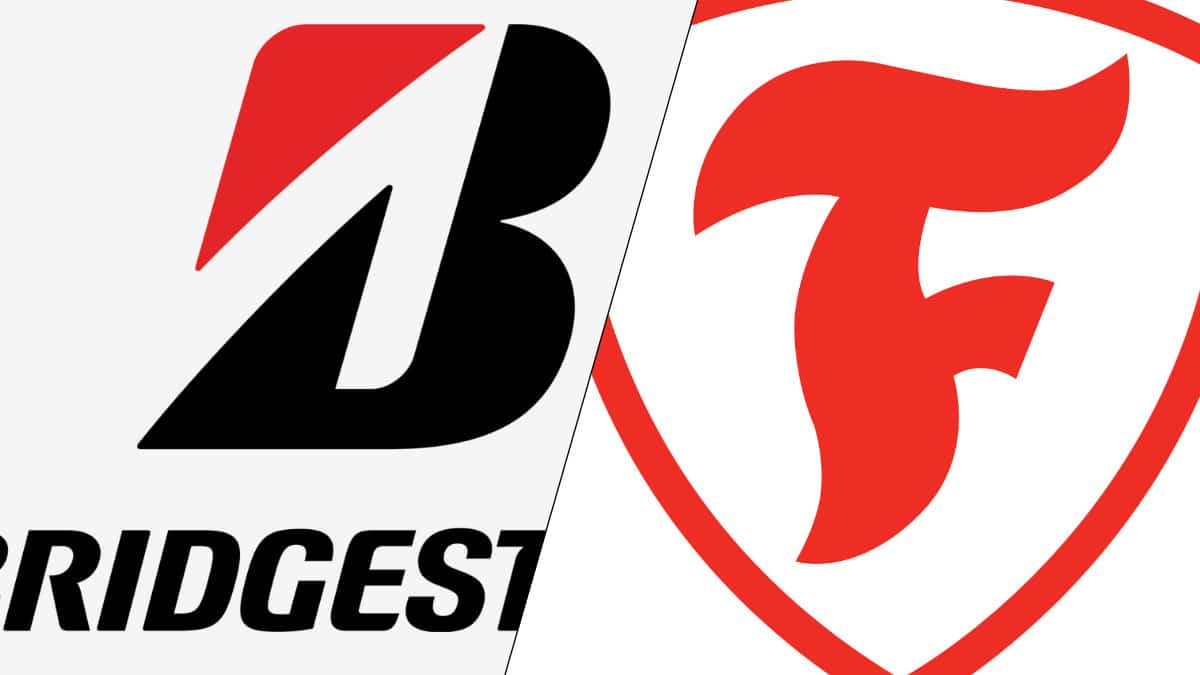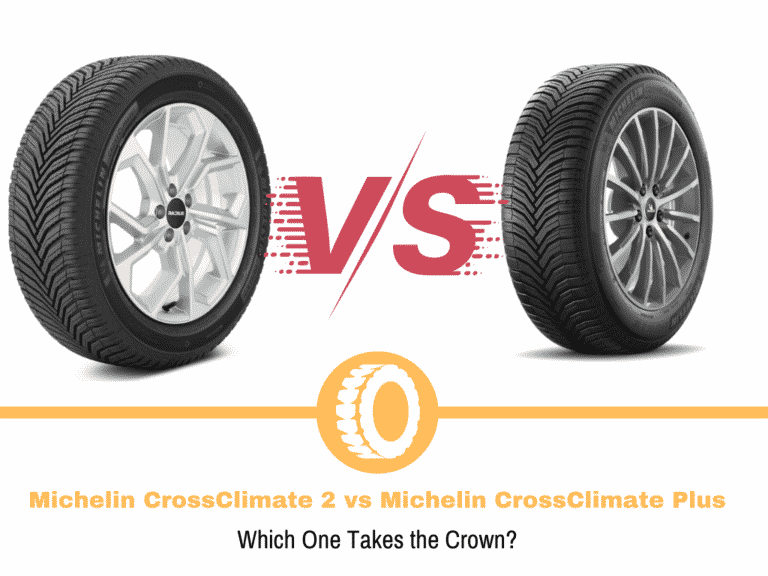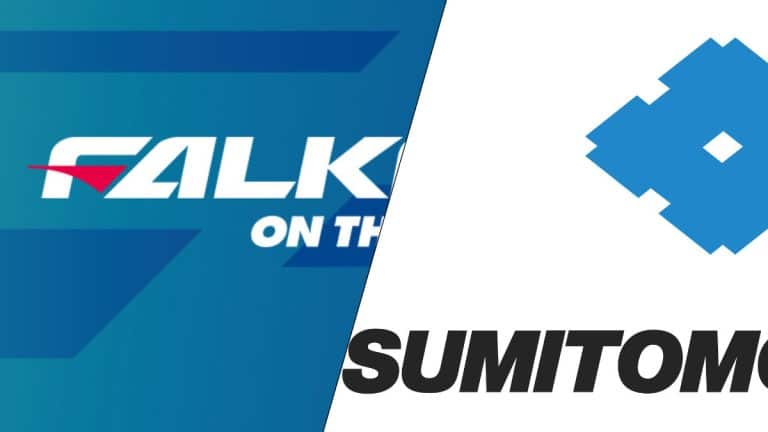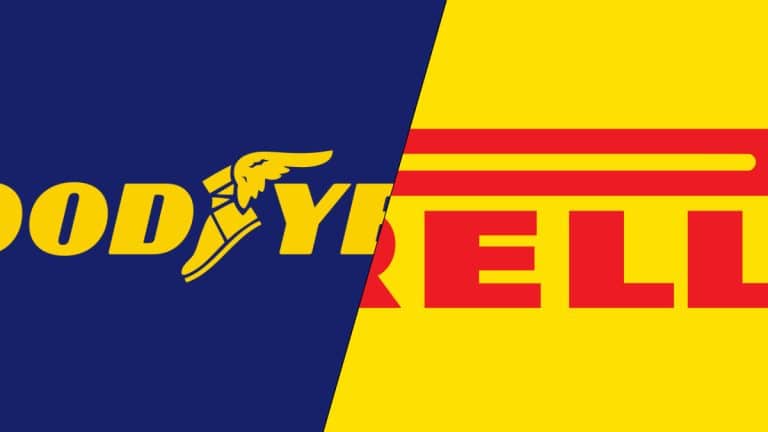Firestone vs. Bridgestone Tires
Buying tires can be an expensive ordeal, but there are different options to help you lower the costs. For example, Firestone is often considered as Bridgestone’s cheaper counterpart. Let’s have a look and see if Bridgestone is worth the cost and if Firestone will actually save you money.
When it comes to comparing tire brands you have to remember that the verdict will change depending on the specific tire. For the most part, Bridgestone tires are better but also more expensive. Though Firestone tires are cheaper all around, they do not have the same amount of tread life, which could cost you more in the long run.
What Is Firestone Tire?
Firestone was founded in Ohia USA on August 3rd of 1900 by Harvey Firestone. They started out by supplying solid rubber tires and quickly adapted to a changing market by producing pneumatic tires for wagons and buggies.
In 1906 the company had an even bigger boom when it was the first tire company to mass-produce tires which were supplied to Henry Ford’s factory. This was thanks to Harvey Firestone’s personal relationship with Henry Ford.
During World War Two the company was contracted to make a number of items including artillery shells, aluminum kegs for food transport, and rubberized military products such as barrage balloons and M1 Helmet liners.
Firestone’s early successes made them a major player in the tire world during the mid to late 1900s. During this time, they participated in many motorsports’ series, including IndyCar and Formula One. Firestone was in fact one of the first teams to supply tires to Formula One, starting in 1950 all the way through to 1974.
Firestone’s withdrawal from Formula One and other motorsports was partly due to corporate troubles. In 1970 when the radial tire was taking the market by storm, Firestone jumped in on the action. Unfortunately, Firestone used outdated equipment to try and produce the radial tires which lead to failure and the “Firestone 500 tread separation problem.”
Largely due to these issues, Firestone started to fall from success and eventually was bought by Bridgestone in 1992. Though Firestone is still an American brand, they are owned by the Japanese mega-corporation known as Bridgestone.
What Is Bridgestone Tire?
Founded in 1931, Bridgestone is a little more than 30 years younger than Firestone, however, they have managed to grow and expanded far more than Firestone, eventually buying the company. Bridgestone was named after the founder; Shojiro Ishibashi (Ishi = Stone, Bashi = Bridge), in the city of Kurume, Fukuoka, Japan.
During World War Two the company headquarters was destroyed by allied bombers, however, the factories were untouched, allowing the company to quickly restart production once the war was over. The company’s success can be accredited to three main aspects.
First, the company focused on technological innovations to get ahead of competitors. In 1967 the company was selling their own radial tires which they developed in their Tokyo plant’s new Technical Centre.
Another great stride forward was an adoption of a different company culture which vastly improved quality control. You may know of this as the Deming plan, named after W. Edwards Deming. A plan which is taught in many business classes today.
Finally, starting in 1965, Bridgestone undertook a massive overseas expansion campaign which is what makes them such a powerful company today. Their first expansion was a new factory in Singapore, and now part of their expansion process involves buying competitors like Firestone.
Bridgestone also had its stint in Formula One. Some even credit Bridgestone as the usurper to the Goodyear crown in Formula One. Though they were not in the sport long enough to take all the titles from Goodyear, Bridgestone still proved formidable, being the main tire supplier for Scuderia Ferrari and Michael Schumacher.
Today Bridgestone has taken all they have learned through their many years of experience to give you the best high-performance tire you can get. Through their achievements, Bridgestone is the biggest tire supplier in the world with around 143,616 employees as of 2017.
What Are the Pros and Cons of Firestone Tire?
Pros
- Strong reputation in the tire industry
- Decent treadwear warranties
- Affordable, especially for light trucks and SUVs
Cons
- Bad or mixed reviews for many tire models
- Not very many options in the performance categories
What Are the Pros and Cons of Bridgestone Tire?
Pros
- Strong reputation in the tire industry
- Intensive testing is heavily influenced by a strong company culture.
- Just the right amount of sidewall rigidity
- Excellent performance, especially for sports and luxury tires
- Great variety
- Some of the best warranty coverage in the industry
Cons
- Expensive
- Some all-seasons lines are not good in winter conditions
- The extensive number of tires under one model can be confusing
What Are the Main Differences Between Firestone and Bridgestone Tire?
Though Bridgestone owns Firestone, they are very much two different brands offering different tires at different pricing. The differences between the two brands go down to the molecular level as the tires are made in different factories.
There are a few areas in which I like to compare companies in: pricing, warranties, and key technologies. Pricing’s importance is quite clear; however, it is also important to know why a tire is priced as it is so that you know you aren’t wasting money.
Warranties’ importance is also clear however, I like to use them in a different way. The longer a company provides a warranty for their tire, the more they trust in their product. This means that if a company offers a longer warranty, you can trust that their tire will last longer.
Finally, key technologies not only help you determine where a company is strong but also allow you to determine where the company’s future will be and whether you would like to invest in the future by purchasing their tires.
Pricing
When looking at two comparable all-season tires at the most common tire size of 225/65 R17, the TURANZA QUIETTRACK by Bridgestone at $189, and the WEATHERGRIP by Firestone at $167, we can see that the Bridgestone is about $20 more expensive per tire.
There is a catch, however, as the WEATHERGRIP is the best tire firestone offers for this size and class, it is not the best for Bridgestone. Bridgestone’s best tire for this size and class is the DRIVEGUARD. I didn’t use the DRIVEGUARD as a comparison because it has run-flat technology which Firestone does not offer here.
The DRIVEGUARD will set you back $219 per tire. When looking at the two cheapest tires Discount Tire has to offer from each brand we can see that Bridgestone is still more expensive. Bridgestone’s DUELER H/P SPORT AS sits at $155 whereas Firestone’s DESTINATION LE 2 is priced at $112.
Warranties
I like to examine warranties from different companies because it shows me two things; first, it gives me an idea of how much trust the company puts behind its tires, and second, it illustrates how much value they have for their clients.
The first point is shown by the amount of mileage a company offers under a limited mileage warranty. Typically, this number ranges from 40,000 miles all the way up to 80,000 miles but usually somewhere in the middle. The milage will also differ depending on the class of tire, sport tires will often be less whereas “Made to last tires” will be on the higher end of milage.
The second point is illustrated with protection plans and “buy and try guarantees” that the company offers. Their protection plan can cover road hazard damage, rapid tread wear, ride disturbance, or irregular wear. How much a company is willing to offer shows me how much they care about their business.
Firestone falls under the Bridgestone coverage plan umbrella due to their relationship. Thus, there are many shared benefits and similarities. Both companies offer a 90-day satisfaction guaranteed period.
If you are not satisfied, they will replace your tire or give you your money back. With the Platinum or Gold pledge warranties, you get a free tire replacement period of 3 years from the date of purchase.
After your 3 years are up you get a prorated charge which is determined by the percentage of wear. This is not a common offer in the world of tires and most tire companies only offer 30 days or sometimes 60 days satisfaction guaranteed periods.
So, when it comes to our second point, they match up pretty well, now let’s have a look at their mileage warranties. by once again taking the WEATHERGRIP by Firestone and the TURANZA QUIETTRACK by Bridgestone.
Firestone offers 65,000 miles for the WEATHERGRIP under their limited warranty, which is average for the industry, not too bad. Bridgestone on the other hand offers 80,000 miles for the TURANZA QUIETTRACK under their warranty, which is quite high in the tire industry.
Clearly, Bridgestone puts a lot of confidence behind their tires. In fact, they have some of the best warranty options in the tire industry, which is no surprise when you look at Bridgestone’s company culture.
Key and Innovations Technologies
When it comes to comparing two companies like Bridgestone and Firestone, it is important to determine where they are strong at the moment and where they will be strong in the future. Personally, I like supporting a company with a bright future by buying its products.
Though Firestone hasn’t necessarily been struggling since Bridgestone bought them, they have downsized their tire technology research. There are however two impressive areas where Firestone is invested in.
Firstly, Firestone has long been a leader in the world of air suspension manufacturing. Currently, Firestone is working on an “intelligent innovation for the future.” Their air suspension system is being designed to work with computer technology in order to have an adaptive suspension system for commercial trailers.
Furthermore, Firestone has taken great strides to improve the lives of its rubber tree workers by providing infrastructure, free schooling and housing, and fair pay. Many Liberian families have been positively affected by Firestone’s involvement in their communities.
Bridgestone holds its cards very close to its chest. One thing is for sure, they are not afraid to try new things. Two such areas are the Bridgestone lunar rover tires and the non-pneumatic, airless tires. But let’s face it, airless tiers and lunar rover tires aren’t going to impact your tire buying choices.
Bridgestone’s run-flat technology might influence your decision though. Have you ever gotten a flat tire and had to stop and change your tire on the side of the road, in the rain or snow? With Bridgestone run-flats you will never need to do this again.
Their run-flat tires are the best run-flat tires on the market, allowing you to safely get to a tire repair shop to either get a different tire fitted or get your tire repaired. Additionally, Bridgestone has some interesting up-and-coming technologies such as “SUSYM” and Double-Network Rubber technology.
“SUSYM” is the most interesting of the two and works by combining rubbers and resins on the molecular level. This increases flexibility, working temperature ranges, and resistance to punctures.
Popular Firestone tire lines
- Firestone Destination A/T – A good all-terrain tire designed around its off-roading capability and its comfort.
- Firestone All-Season – This is Firestone’s main tire for passenger vehicles, made to last at least 65,000 miles.
- Firestone Destination LE2 – The Destination LE2 is designed combine multiple desired traits such as long wear, comfort, and all-season traction even in light snow.
- Firestone Winterforce 2 – This is Firestone’s winter tire line.
Popular Bridgestone tire lines
- Ecopia – The Ecopia helps you save money by reducing your fuel consumption with minimal rolling resistance.
- Potenza – This tire will provide you with some of the best road-gripping performance a tire of any brand can offer you.
- Turanza – If it’s luxury you want, then this is the tire for you.
- Dueler – The Dueler is Bridgestone’s all-terrain tire with comfort kept in mind.
- Blizzak – The Blizzak is a fantastic stud-less winter tire, Bridgestone claims that the Blizzak caused a mass extinction event when it comes to studded tires in Japan.
Customer Service and Company Culture
As with most companies in this day and age, Firestone and Bridgestone’s customer service is quite good. However, Bridgestone does go above and beyond when it comes to their company culture and their respect for not only one another but to their clients as well.
Value
Cheaper doesn’t always mean that you will get the better deal. In the case of these two companies, Bridgestone gets my vote. They simply put more work into making the perfect tire. Every tire they make is checked and checked again and if anything is found to be wrong with the tire, they don’t sell it.
If you want the best value for your money, you should go with Bridgestone. This is however circumstantial as every tire is designed for a different role, so make sure you pick the right tire for your situation.
Use Firestone If:
If you want cheaper tires for an SUV or light truck Firestone is a good choice.
Use Bridgestone If:
If you want a better tire, buy Bridgestone.
Conclusion
All in all, these two companies are both good. You will find better tires from Bridgestone, however, if you don’t want to spend as much money, then you can rely on Firestone to get you to your location, especially if you are buying light truck or SUV tires.







Thank you for this detailed comparison of the Firestone and Bridgestone tires. I was abt to get new tires on my Subaru Forester and chgd my mind from Firestone A/W to Bridgestone Ecopia after reading this comparison.